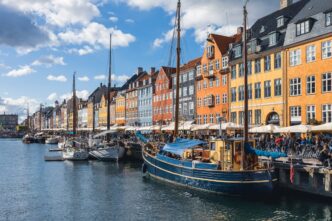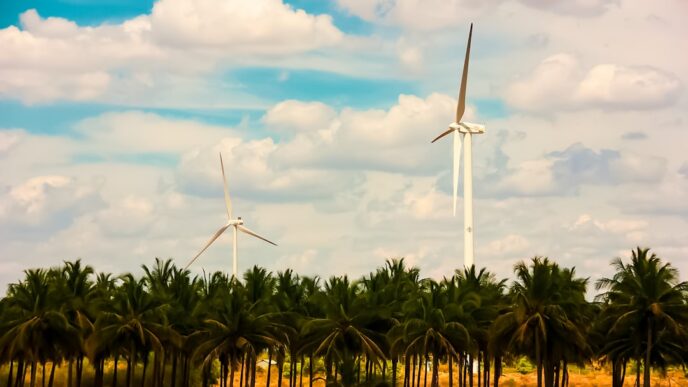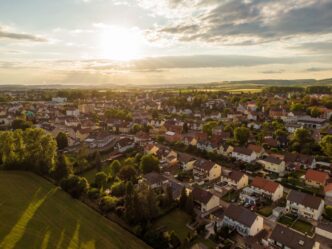In a world facing unprecedented environmental challenges, Denmark has emerged as a beacon of hope through its ambitious efforts in harnessing the circular economy. Rather than relying solely on traditional linear models of production and consumption—where resources are extracted, used, and discarded—Denmark is innovating ways to recycle, reuse, and repurpose materials to create a sustainable economic ecosystem.
Denmark’s commitment to the circular economy is most evident in its national policies and initiatives aimed at reducing waste and promoting resource efficiency. The Danish government’s Circular Economy Action Plan, introduced in 2021, outlines specific targets for recycling, waste reduction, and the transformation of industries into more sustainable practices. This approach is not merely about environmental responsibility; it also promises significant economic benefits.
Take the Danish furniture industry, for instance. Danish design has long been synonymous with quality and aesthetics, but companies like IKEA Denmark are reimagining their business models. They are shifting from selling products to offering services, such as furniture leasing and recycling programs. This not only helps reduce waste but also fosters customer loyalty and opens new revenue streams. In 2022, the company reported a 15% increase in market share attributed directly to its sustainable offerings.
Moreover, organizations such as the Ellen MacArthur Foundation are collaborating with Danish companies to drive this transition further. By providing frameworks and resources, they are helping local businesses adopt circular practices, from product design to end-of-life strategies. As a result, Denmark has seen a surge in start-ups focused on sustainable solutions, like Re-Match, which specializes in recycling artificial turf for sports fields. This innovation not only addresses a significant waste problem but also creates jobs and stimulates local economies.
However, the journey towards a circular economy is not without its challenges. There are inherent tensions between innovation, regulation, and traditional economic models. Some critics argue that transitioning to a circular model could disrupt established industries, leading to short-term job losses. Yet, the long-term vision suggests that a circular economy will yield new opportunities, particularly in sectors like renewable energy, sustainable agriculture, and waste management.
Additionally, the success of Denmark’s circular economy hinges on collaboration among businesses, government, and consumers. The government has been proactive in creating incentives for companies that adopt sustainable practices, such as tax breaks and grants. This financial support has proven crucial for small and medium enterprises, which often lack the resources to transition away from linear models.
Consumer behavior also plays a pivotal role. There has been a notable shift among Danish citizens toward more sustainable consumption patterns. The rise of eco-consciousness has led consumers to prefer products that are designed for longevity and recyclability. This shift is essential for the success of circular initiatives, as businesses respond to market demands for sustainable practices.
While Denmark is setting a remarkable example, the broader applicability of its circular economy model remains to be seen. Other nations are observing closely, looking to replicate this success. The economic landscape is ripe for transformation, and Denmark’s experience could serve as a blueprint for achieving sustainable growth in a world increasingly aware of the finite nature of resources. As industries evolve and adapt, the circular economy may not just be a trend but a fundamental reshaping of how economies operate in the face of environmental necessity.











